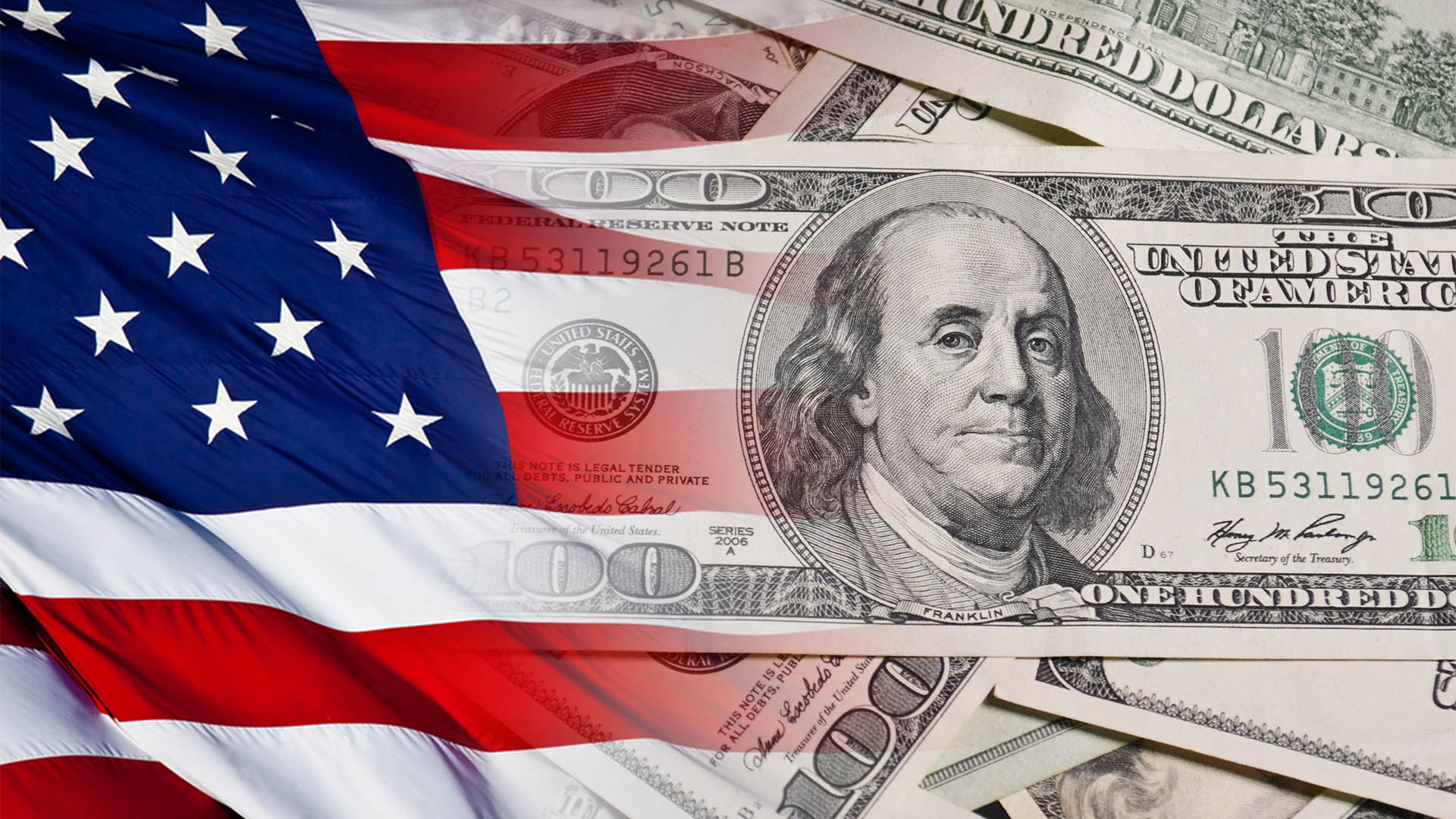The American economy is not in, nor heading for, a recession, no matter what the naysayers in the markets and elsewhere might claim. Thursday provided further confirmation of this point.
Walmart shares surged more than 8% (and closed more than 6% higher), hitting a new all-time high after its latest quarterly sales easily topped forecasts. US retail sales rose strongly in July, and first-time jobless claims fell for a second consecutive week, returning to boom-like lows.
US retail sales increased by 1% in July, considerably stronger than the expected 0.3% and a significant rebound from June's 0.2% decline. This July increase was the largest in nearly two years and, combined with Walmart's figures, eased investor concerns about a slowdown in consumer spending, as evidenced by the strong gains on Wall Street on Thursday.
Walmart reported revenue of $US169.3 billion, up 4.8%, exceeding the market forecast of $US168.6 billion. More importantly, comparable store sales (or same-store sales), the most critical sales metric in retailing, increased by 4.2% in the US in the July quarter compared to 3.8% in the previous three months.
Both headline and same-store sales easily outpaced inflation, which was just over 3% for the quarter. Operating income rose 7.2% to $US7.9 billion from $US7.2 billion in the year-ago quarter.
Walmart's performance stood out as the retail giant acknowledged benefiting from wealthier customers trading down from more expensive chains, as well as strong contributions from advertising (think Meta or Google-style revenues) and its growing e-commerce business.
“Our value-convenience proposition continues to resonate with customers and members,” the company stated in its latest quarterly commentary. It added that share gains increased across income cohorts but were “primarily driven by upper-income households.”
This development was not merely luck. In March, the retailer announced plans to update 650 stores to attract higher-income shoppers. The company intended to upgrade lighting, increase mannequin counts, reduce displays, and spotlight high-end products. This strategy appears to be working.
Walmart CEO Doug McMillon stated that the company's newer businesses, including its online marketplace, advertising unit, and membership program (a popular trend), are also contributing to profits. In fact, e-commerce sales were the primary profit driver, soaring 21%. The company reported a 40% reduction in delivery cost per order in the second quarter, improving consolidated gross margins by 0.43%.
Walmart executives emphasised the use of generative AI as a factor behind the growth in online sales. However, groceries, which account for roughly 60% of Walmart's US sales, remain its core business and again helped the retailer gain market share and customers.
The company maintained its strategy of being the low-cost seller of general goods by increasing discounts during the most recent quarter. Walmart cut prices on 7,200 items, with a 35% increase in rollbacks on food items. "We aren't experiencing a weaker consumer overall," CEO Doug McMillon said on an analysts' call. "They want value. They want a broad assortment of items and services."
International sales increased by 8.3%, led by gains in Mexico and China. This contrasted with the challenges faced by global brands as Chinese consumers cut spending. Walmart's comparable sales growth in China increased by 13.8%, primarily due to strength at Sam's Club and in e-commerce. "In China, we increased e-commerce orders delivered within one hour by 28% to 59 million orders," said John Rainey, Walmart's chief financial officer. Similar to the US, Chinese consumers appear to seek both value and convenience in a challenging economic environment.
As a result of the strong first two quarters of 2024-25, Walmart raised its full-year guidance, citing consistent consumer demand. For fiscal 2025, it expects sales growth to increase between 3.75% and 4.75%, easily surpassing easing inflation levels in the US. The previous forecast was for sales growth of 3% to 4%.
Concurrently, first-time unemployment claims fell 7,000 to 227,000, lower than the market's forecast of 236,000. This is another indication that the economy is performing better than many pessimists believe.














